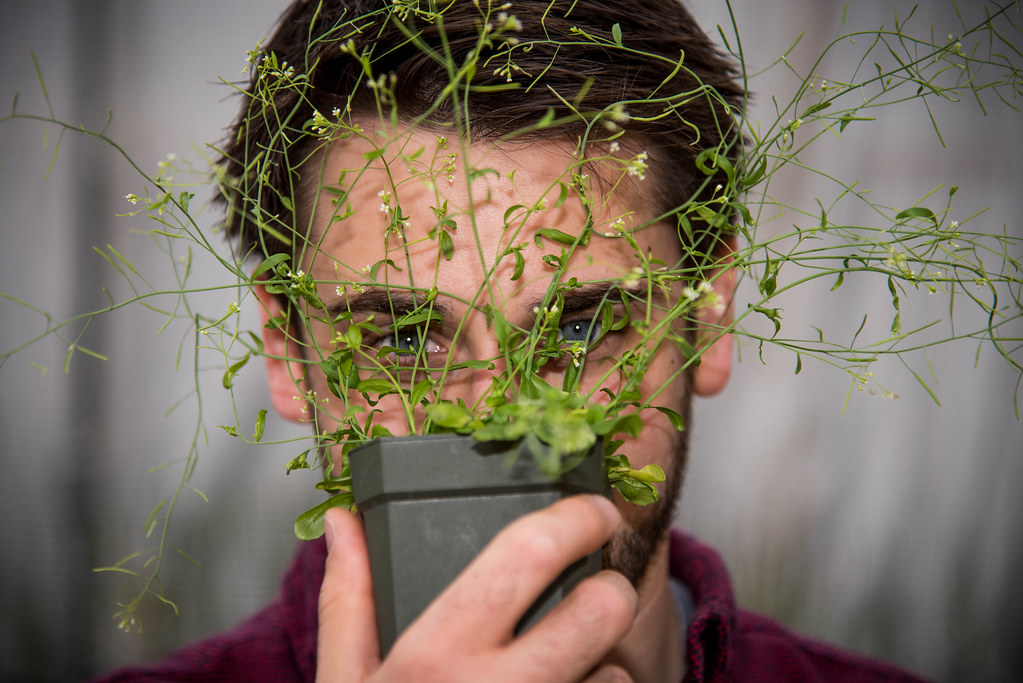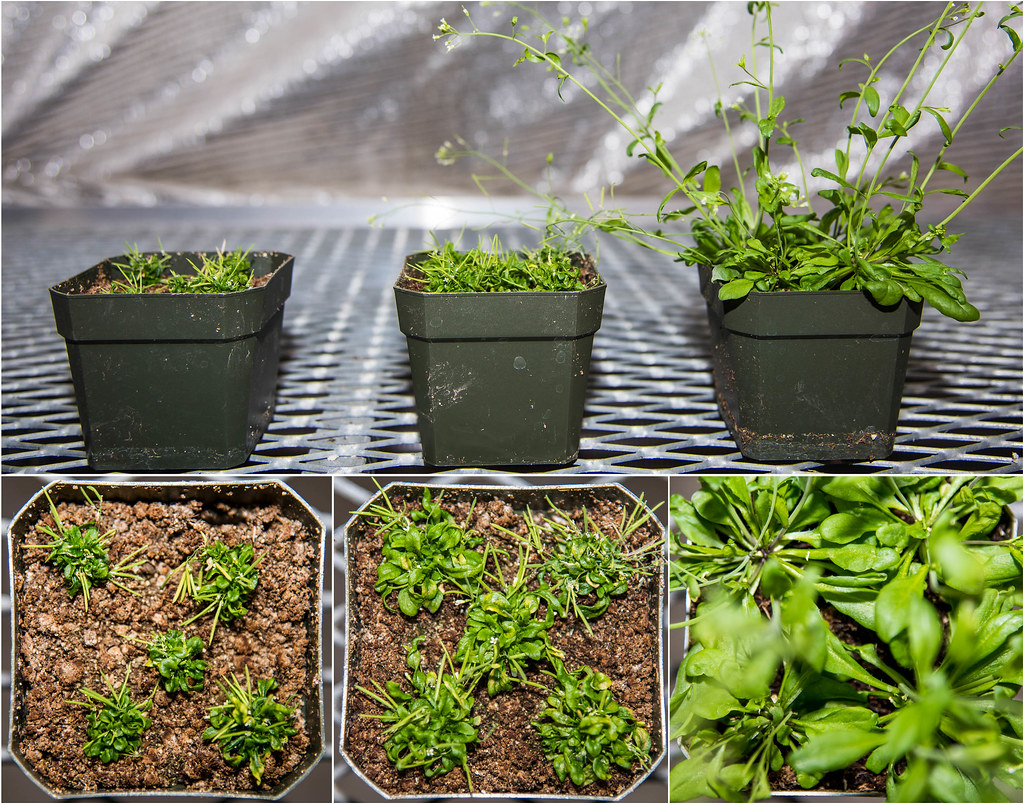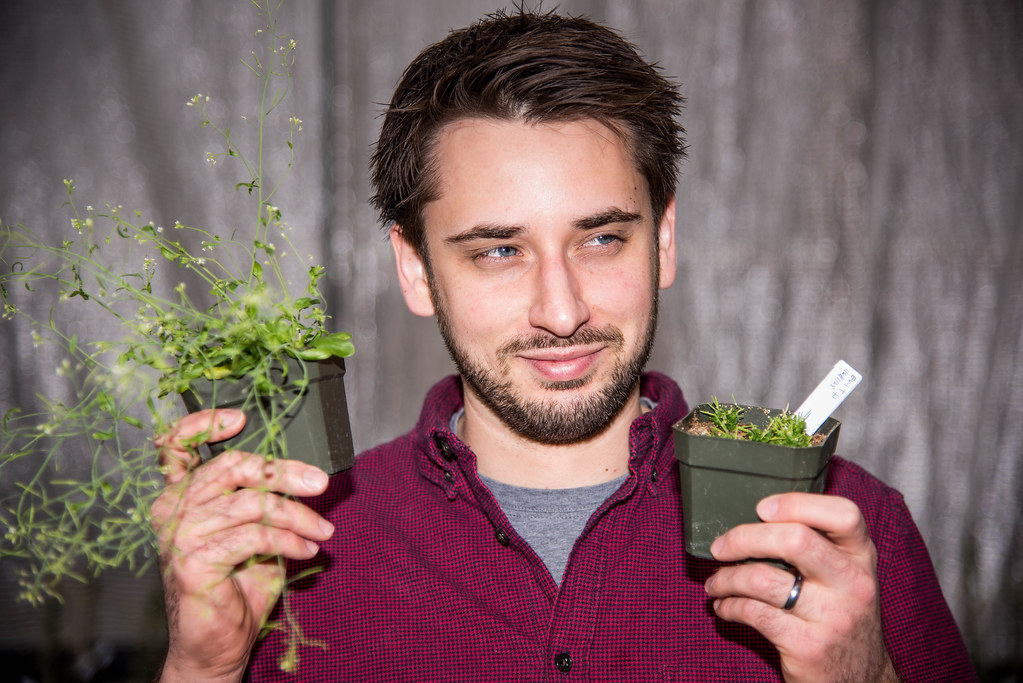Scientists explore genetic similarities between plants and mice

By Justin L. Stewart | MU Bond Life Sciences Center
Almost two-thirds of what makes a human a human and a fly a fly are the same, according to the NIH genome research institute.
If recent research at the University of Missouri’s Bond Life Sciences Center is verified, we’ll soon see that plants and mice aren’t all that different, either.
Dan Leuchtman studies a gene in Arabidopsis plants called SRFR1, or “Surfer One.” SRFR1 regulates plant immune systems and tell them when they are infected with diseases or illnesses. Leuchtman studies this model plant as a Ph.D. candidate at MU, splitting time between the labs of Walter Gassmann and Mannie Liscum.
His research involves breeding Arabidopsis plants missing the SRFR1 gene and then replacing it with the MmSRFR1 gene.

So, what is MmSRFR1? Leuchtman and company believe it’s the animal equivalent of SRFR1, though they aren’t fully aware of all of its’ functions.
“We’re actually one of the first groups to characterize it,” Leuchtman said.
Arabidopsis plants missing the SRFR1 gene struggle to grow at all, appearing vastly different from normal plants. Leuchtman says that a plant missing the SRFR1 gene is a mangled little ball of leaves curled in on itself. “It’s really strange looking.”
While his experiments haven’t created statuesque plants equal to those with natural SRFR1 genes present, the Arabidopsis plants with MmSRFR1 show a notable difference from those completely lacking SRFR1. Leuchtman says the plants with MmSRFR1 lie somewhere in between a normal plant and one lacking SRFR1.

“At its’ core, it’s more understanding fundamental biology. How do we work? How do organisms tick? How do you go from DNA in a little bag of salts to a walking, talking organism?” Leuchtman said. “The more you know about how an organism functions, the more opportunities you have to find something that makes an impact.”

